How to get water in the wild?
Water is the source of life, and no one can without water. The same as campers, water is indispensable. What to do if there is no water or your water used up when camping, how to get water in the wild? we will provide some suggestions to help you get water in the wild.
- Use your own five senses
- According to the climate and ground dry and wet conditions
- Find water according to plant growth
- Find water according to the activities of animals and insects
- Find water according to weather changes
- Get water directly from plants
- Other ways to find water
1. Use your own five senses
Listen: Pay more attention to the places you pass by, especially the foot of mountains, cliffs, valleys, basins, etc., whether there are sounds of mountains, streams, or waterfalls, or the sounds of frogs or birds. When in the early morning or foggy morning, listen carefully. If there are these sounds, it means that you are not far from the water source. But be especially careful not to treat the sound of the wind as the sound of water.
Smell: You can smell the damp scent or the earthy smell brought by the wind, the smell of water and grass, look for the water source along the direction of the smell. It is more difficult to find the water source by smell and requires certain experience.
Look: Observe animals, plants, weather, and the surrounding geographic environment to find water sources. According to the topography, judge the water source, for example, there is often groundwater at the foot of a mountain. In addition, the water source can be found three to four meters below the dried river bed and the outside of the river turn, but it needs a little treatment to drink.
2. According to the climate and ground dry and wet conditions
The ground in summer is always very humid. As long as you observe carefully, those places where the sun does not dry for a long time indicate that the groundwater level in this place is high. In autumn, water vapor rises on the surface.
In the early morning, there will often be mist-like in the yarn, and there will be more dew in the evening. The ground is heavy and the ground is wet, indicating that the groundwater level is high and the amount of water is sufficient; in the cold winter, there is hoarfrost in the cracks on the ground surface, and the groundwater level is also relatively high; in spring, places that thaw early, places that freeze late in winter, and melt after snowfall The groundwater level is high in fast places.
3. Find water according to plant growth
Where there are cattails, salix, horse lotus, golden needles (also known as yellow flowers), and wood mustard, the water level is relatively high and the water quality is good; the places where gray-weed, prickly pear, and sharing grow also have groundwater, but the water quality is not good, With a bitter or astringent taste; in early spring. When other branches have not yet sprouted, there is only one branch that has sprouted, and there is groundwater; in autumn, other branches in the same place have withered, but the only place where the leaves are not yellow, there is groundwater; in addition, it is like triangular leaves.
Poplar, sycamore, willow, salt cedar, these plants only grow where there is water, and underground water can be dug out under them.
4. Find water sources according to the activities of animals and insects
There must be water in the place where summer mosquitoes gather and fly into a cylindrical shape; there is also water in the places where frogs, big ants, and snails live; in addition, there are water sources and groundwater levels on the routes that swallow fly over and where they build nests in mud. Higher place.
5. Find water according to weather changes
Where rainbows appear in the sky, there must be rain; under the black, thunder, and lightning cumulonimbus clouds, there will always be rain or hail; the valleys with thick fog also hide water. If it doesn't work, collecting dew can also alleviate the urgent need.
6. Get water directly from plants
If you are in the south, wild plantain is a good source of water. As long as you use a knife to quickly cut it off from the bottom, there will be clear liquid dripping out of the stem, and you can drink it directly. Of water. Tip: The tender core of the wild banana is edible, and it can satisfy your hunger even if there is no food.
If you can find kudzu vine, grapevine, reed moss, cactus, kiwi vine, Schisandra vine, and other vines, you can also get drinking water from it. In addition, when trees are about to sprout in spring, drinking water can be obtained from the trunks and branches of trees such as birch and mountain elm.
Note: Do not drink the juice of vines, vines, or trees with emulsion, it is poisonous! In addition, drinking "water" obtained from plants is easy to deteriorate, so it is best to take it and drink it immediately instead of storing it for a long time.
7. Other ways to find water
In the wild, it is best not to drink water from weeds, and those clear water from cliff cracks or rocks are good drinking water in the wild. If you want to drink water from a river or lake, you can dig a small pit in the sand one or two meters away from the water's edge, because the water seeping from the pit is much cleaner than the water directly extracted from the river or lake. If you are in an area where there is a mine, you should pay special attention to it, and be sure not to drink water that is contaminated by the minerals of the mine. If you see abnormal torn or yellow in the rocks in the river, it is better not to drink the water in this place.
But when you really can't find a source of drinking water and you are hungry and thirsty. Here, based on my own experience, I will introduce a very simple way to take water: first put a plastic bag on the branch and tie the bag tightly. Because of the temperature difference, water will evaporate from the tree. When the water gets more and more, you can take it off and drink it.
Using this method, the daily water intake can reach about 15 kilograms. You can also use a plastic sheet to collect dew. During the period from midnight to dawn, the temperature gradually drops, and the accumulation of less can add up, which can relieve one's thirst. Monkeys and squirrels in the mountains and forests, in the dry season, come out to eat the dew on the leaves at dawn. You might as well try this.
Other Tips
The above-mentioned water collection method is only temporary and not a long-term solution, and it is very complicated and laborious. Only limited to a few people (3-7) and short time (3-5 days), not suitable for large numbers of people or too long time. As far as safety is concerned, I hope that it is best not to stay away from the water for a day or two, and not to go alone in the jungle.
Naturehike help you to store water!
→NatureHike Folding Collapsible Water Storage Jug


How to purify and disinfect the water?
4 ways to purify and disinfect the water:
- Filtration method
- Infiltration method
- Precipitation
- Seawater desalination method
Unclean water often contains some disease-causing substances or rotten substances, and some may even contain heavy metal salts or toxic minerals.
So when you find a water when you are extremely thirsty, it is best not to If you are eager to binge drinking, you should perform the necessary purification and disinfection treatment on the water source according to the environmental conditions at the time to avoid poisoning or contracting diseases due to drinking water.
Loss of the ability to move, severe cases even life-threatening. Here are a few simple and feasible treatment methods.
1. Filtration method
When the water you find is muddy, there are foreign bodies floating and there are microorganisms or worms and leech larvae, etc., and the environment around the water source is not suitable for digging, you can find a plastic bag.
Pierce some small eyes at the bottom, or use cotton gloves, handkerchiefs, sleeves, trouser legs, etc.; you can also use a Coke bottle, first remove the bottom of the bottle, then use a knife to pierce a few small holes on the bottle cap, and then go from bottom to top Fill in 5 to 7 layers of 2~4 cm thick clean sand without soil, press firmly, and slowly pour the dirty water into the self-made simple filter. Using basin or kettle to collect water which is clean by filter.
2. Infiltration method
When the water is not clean, dig down a pit about 50-80 cm deep and about 1 meter in diameter at a distance of 3 to 5 meters away from the water source to allow water to seep out naturally from the gap between sand and soil, and then gently Take out the oozing water and put it in a box or pot.
3. Precipitation
After you collect the water you find, you can put a small amount of alum or smashed kapok branches, cacti, and walnut kernels, stir well and settle for 30 minutes. In this way, you can get cleaner water.
4. Seawater desalination method
At the seaside, if there is no ion exchange resin desalination, you can use boiling seawater to collect distilled water to desalinate seawater. When boiling seawater, put a towel on the inner side of the pot cover, absorb the drops of distilled water on the towel, and then twist it into a large shell or another container. Repeated production in this way, you can get the potable freshwater you need. In winter, seawater can be frozen in a container, and the frozen ice can also be used as freshwater for drinking.
Naturehike useful water bladder help you to get better wild experience!
→Naturehike 1.5L/2L/3L Camping Water Bladder


Summarize
Generally speaking, in addition to spring water (deep underground well water) can be directly drunk, regardless of river water, lake water, stream water, snow water, rainwater, dew, or water obtained by permeation, filtration, and precipitation, it is best to use it. Drink after disinfection. Just add water purification tablets to the water storage container, stir and shake, and let it sit for a few minutes before drinking. Under normal circumstances, one water purification tablet can sterilize 1 liter of water.
If you do not have water purification tablets, you can use the medical iodine or bleach you carry with you instead of the water purification tablets to disinfect the water, but leave it for a longer time (20-30 minutes). If none of the above disinfectants are available, it happens that the wild explorers carry vinegar for picnics with them. Pour some vinegar juice into the purified water, stir and let it stand for 30 minutes before drinking. But water will taste like vinegar.
If there are heavy metal salts or toxic minerals in the water, wild explorers can boil strong tea with water, but remember that the sediment cannot be drunk.
Related Articles:
What are the safety tips for camping?
Camping Checklist
How to stay warm in a Tent-winter camping advice



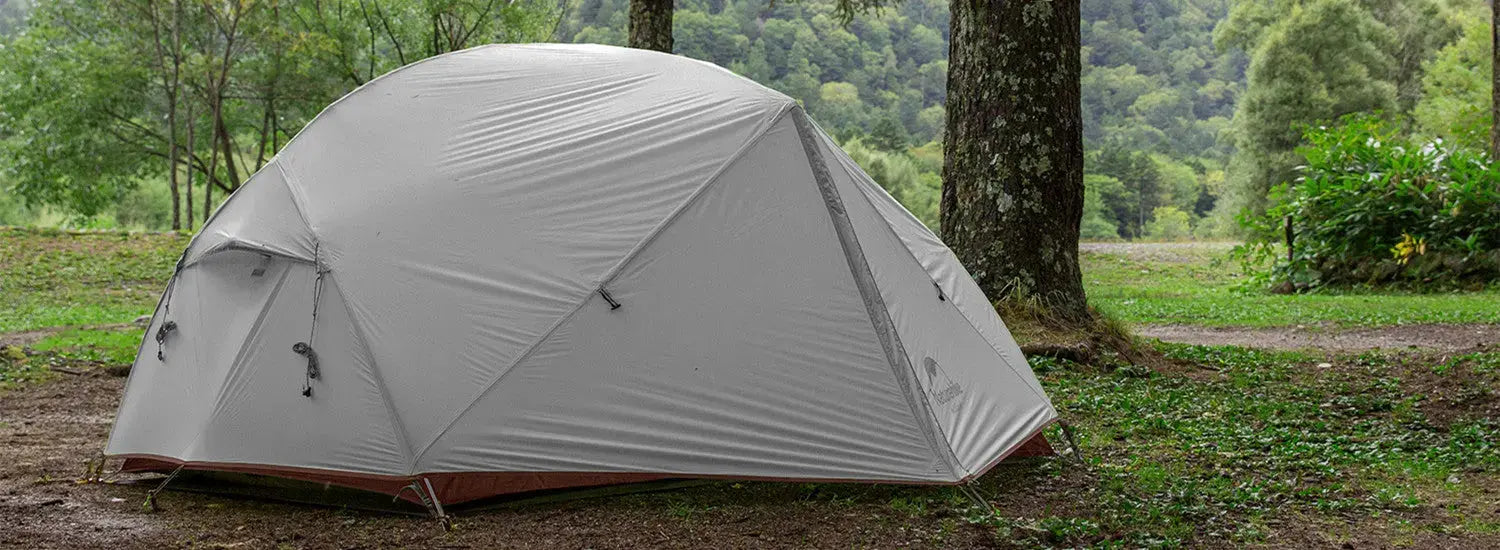
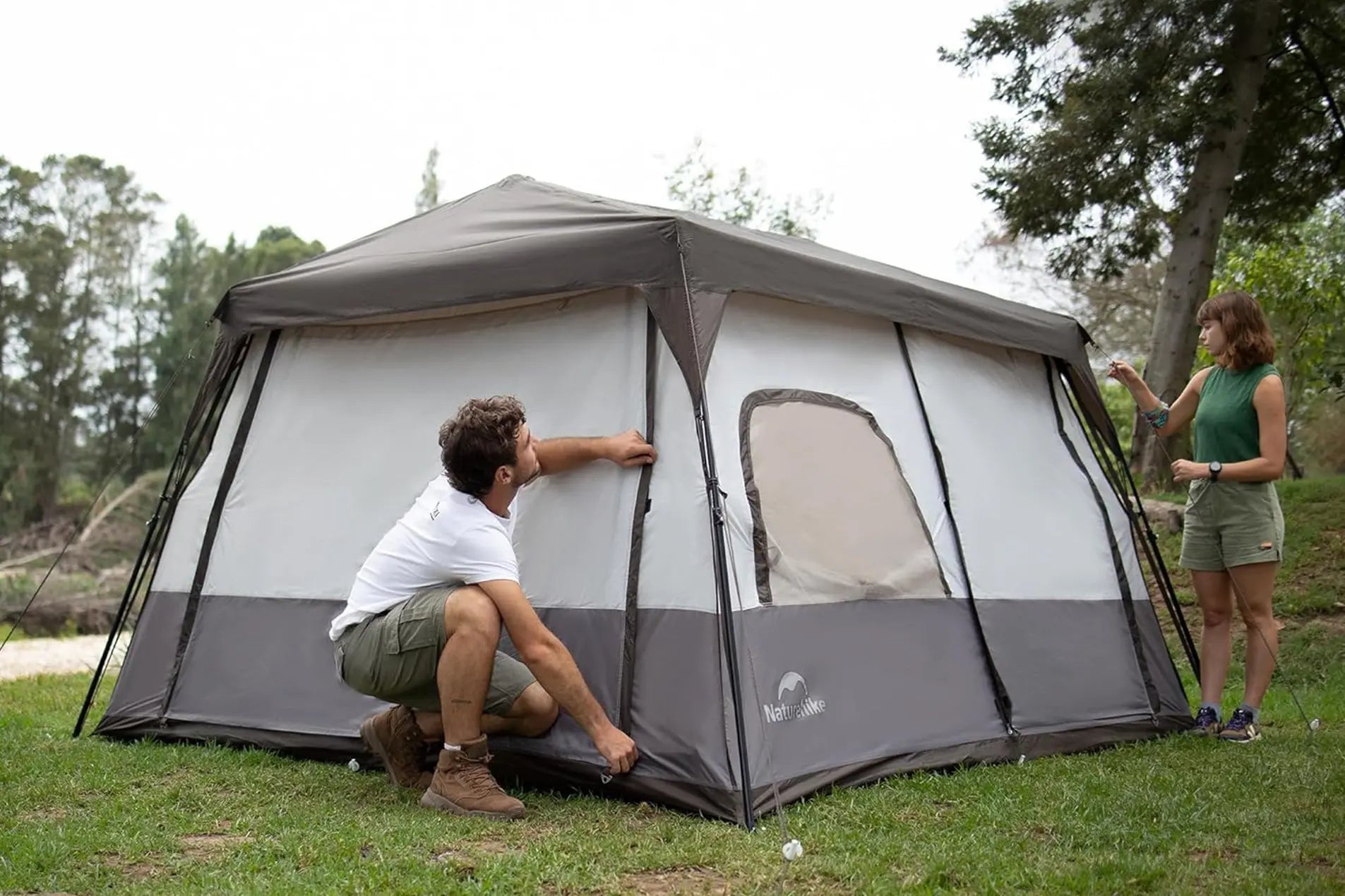
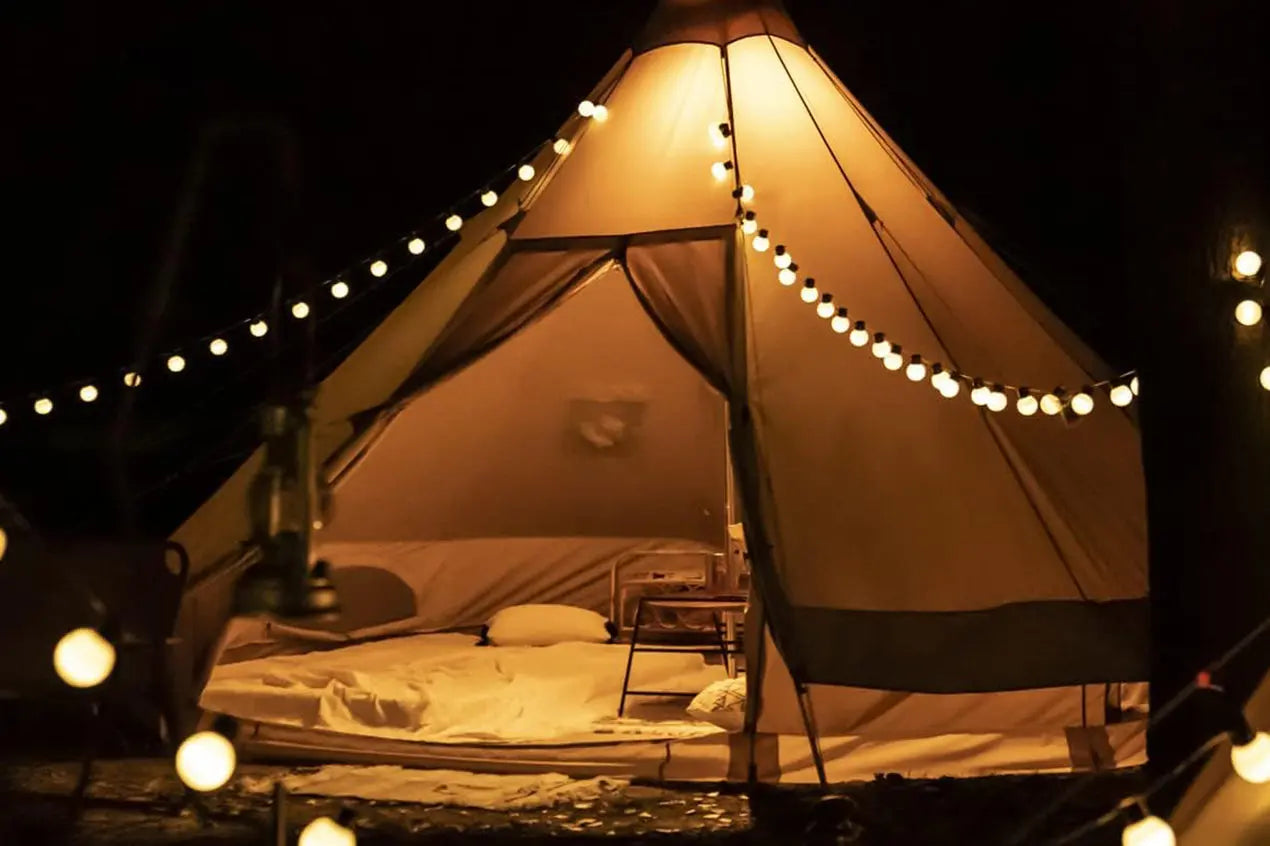
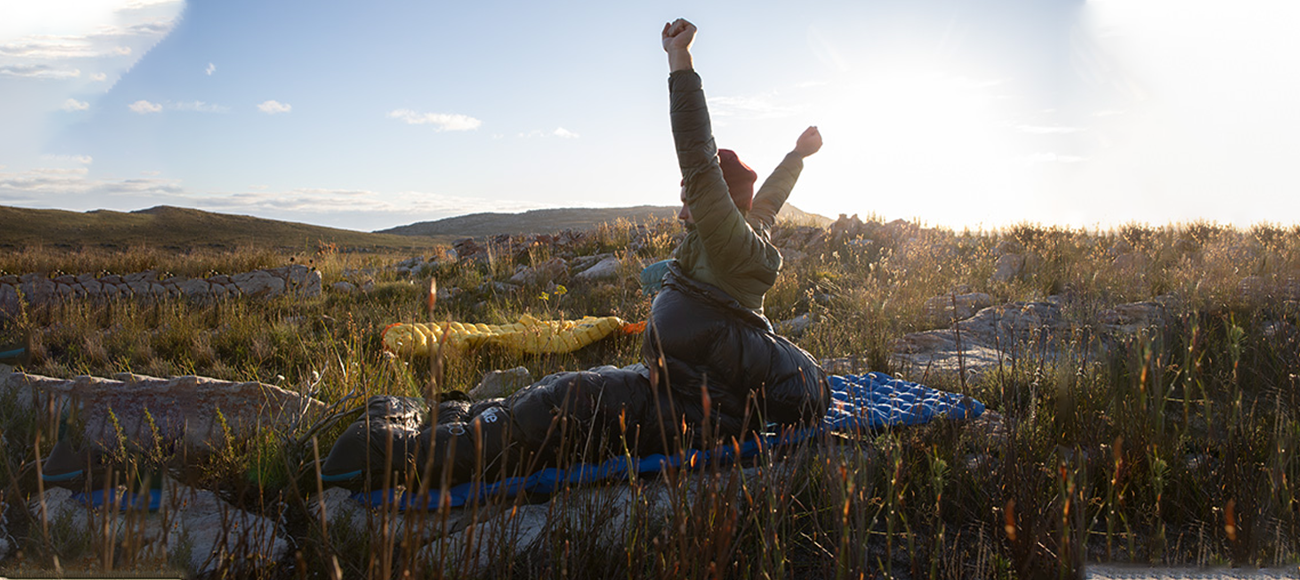

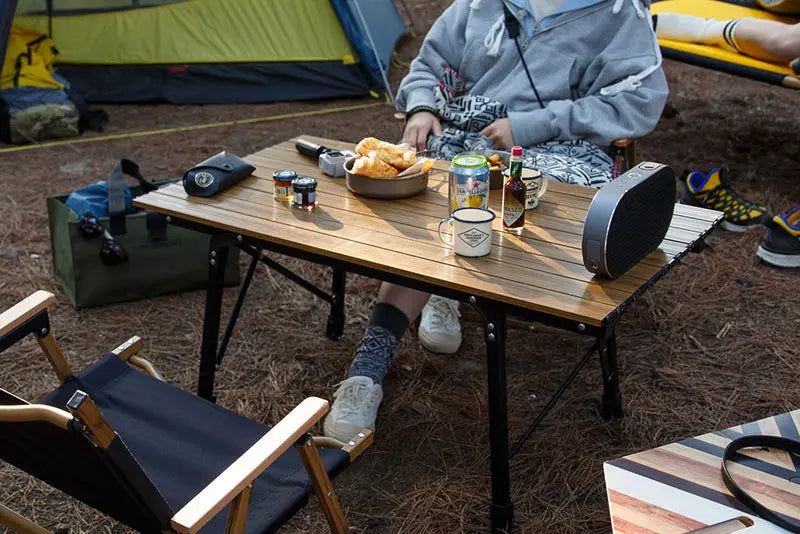


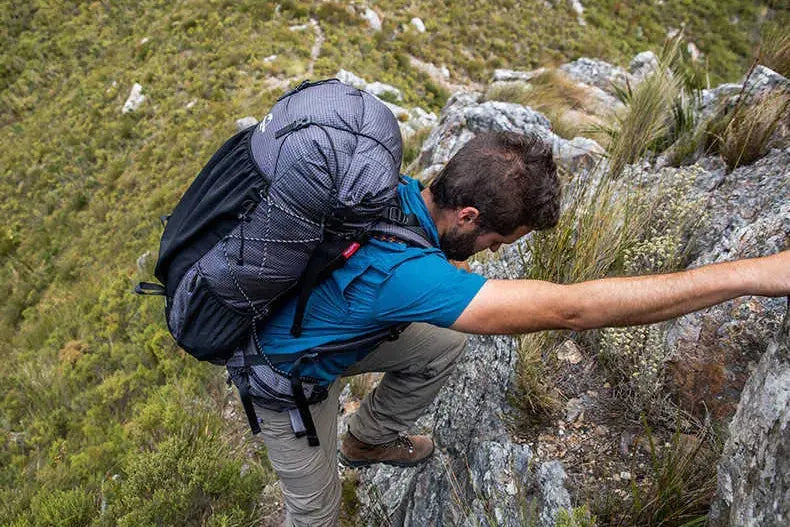


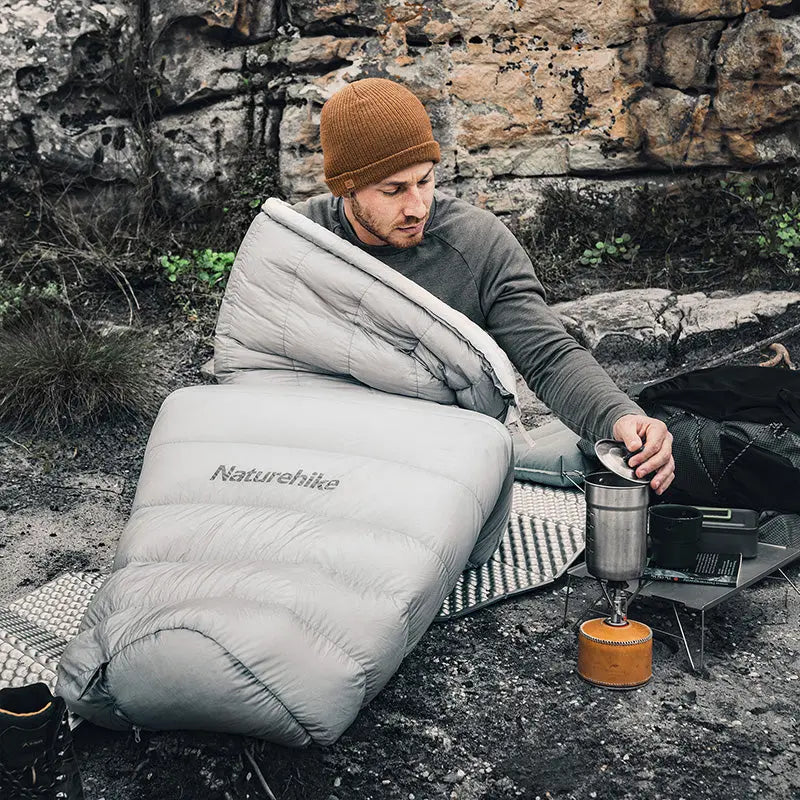

Leave a comment